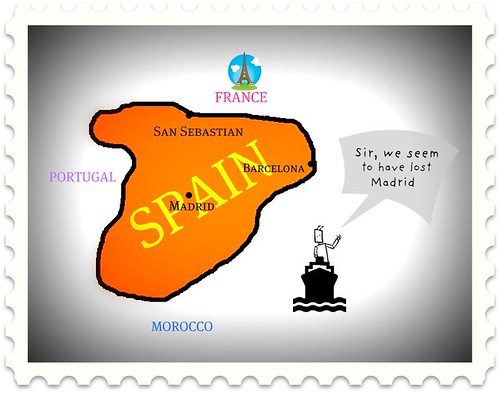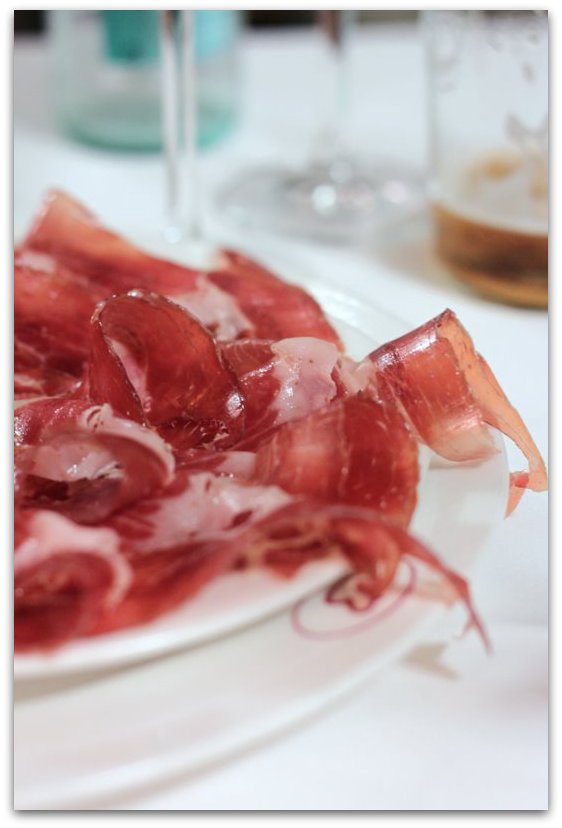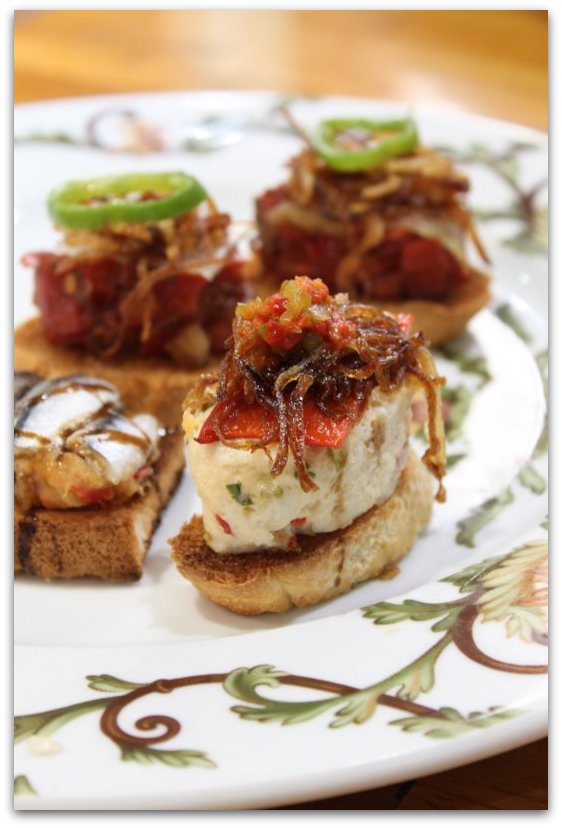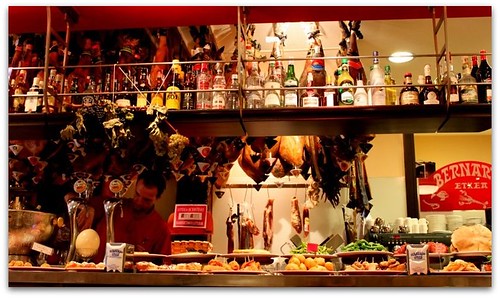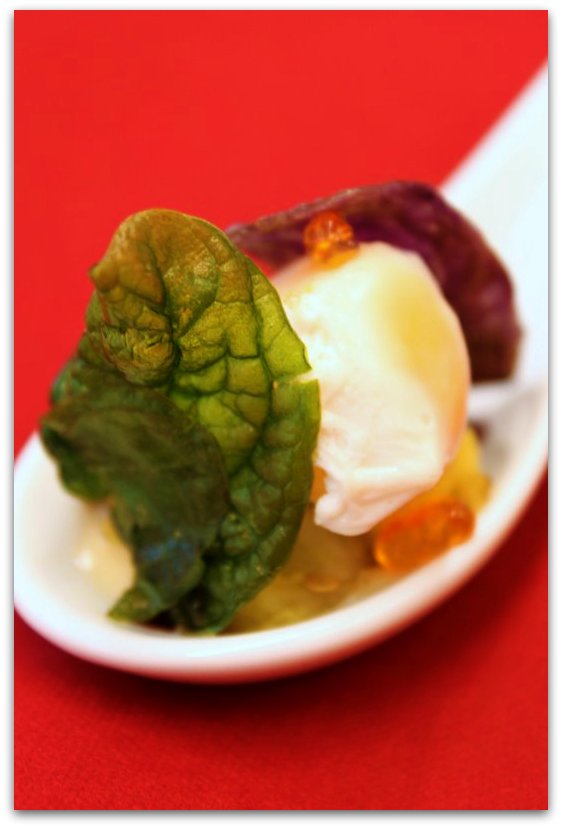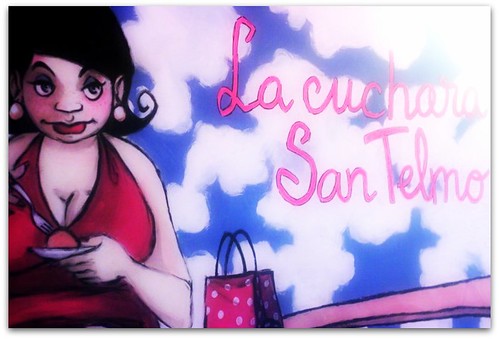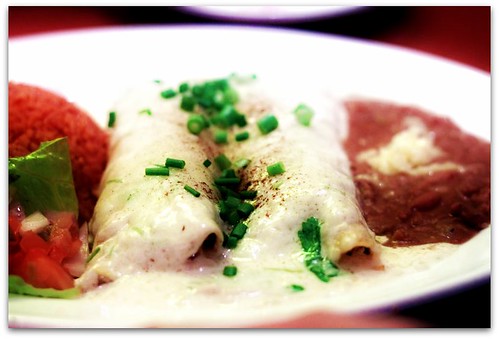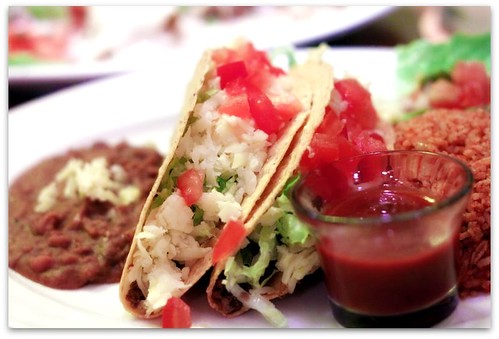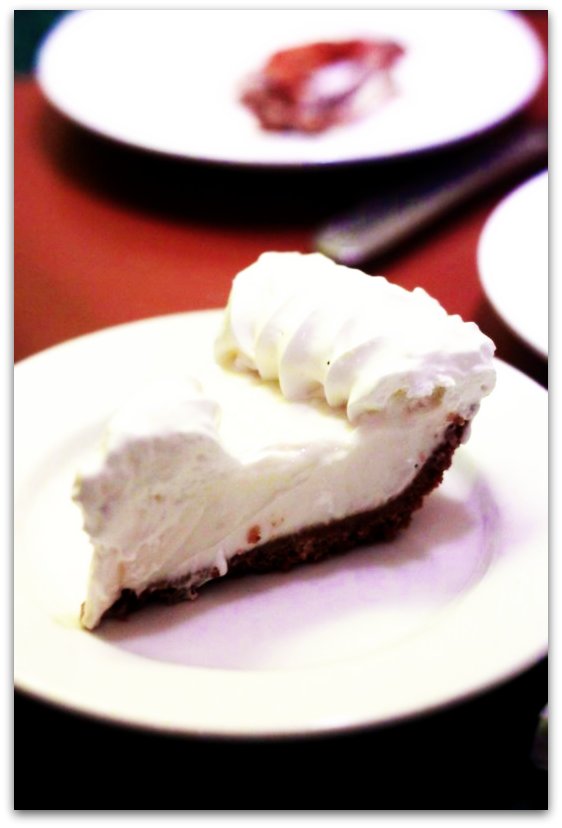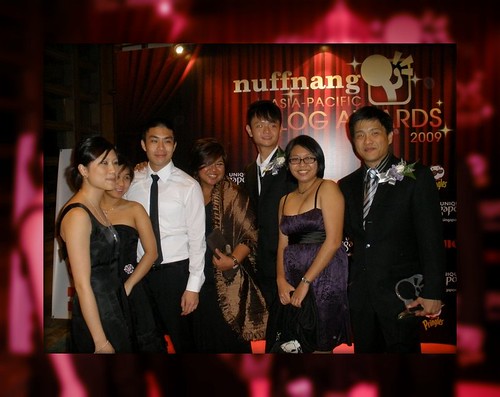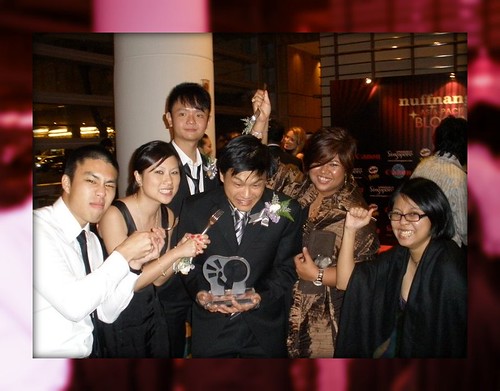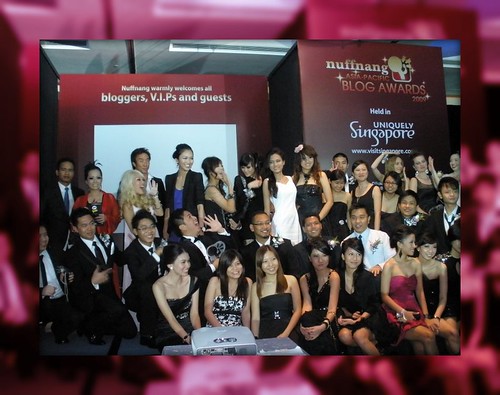I used to think that Pintxos was a proper noun. That was about the same time that I thought Madrid was a coastal city. However, within a week prior to departure, I had read so much literature on Spain that I suddenly felt like a walking Wikipedia. Notice nobody talks about encyclopedias these days? Remember the good old days when a set of gleaming gold fringed leather-bound encyclopedias took pride of place in the family library? I loved the smell of the glossy sheets that were filled with National Geographic-like photographs and line illustrations. I only wish I had put the Madrid section to good use, but I got stuck in the section on Llamas (I was a huge fan of Tintin comics in the old days).
In Part 1, I mentioned that we had decided to visit San Sebastian primarily for the food. San Sebastian as a destination isn’t only for snobs who enjoy hobnobbing with society’s finest at the top restaurants in town. Some of the best food that we ate were at tiny eateries which had just a couple of tables, where people stood at the bar to eat, and where trust was the currency for admission into these places.
Pintxos originated in Basque country, and so we were hardly surprised to see that every other bar in Parte Vieja (where we stayed) served pintxos. Whilst I did extensive research (or at least, what can be called extensive in a span of one week!) on eateries, carrying a list everywhere I went, I was not sufficiently prepared to deal with my absolute and total lack of mastery of the Spanish language and customs.
Me: Hola!
José: Hola!
Me: Can you tell me where Parte Vieja is?
José: *quizzical look*
Me: *arms doing the breast stroke* P.a.r.t.e…V.i.e.j.a….
José: No soy el dueño de este burro, lo rente. (I don’t own that donkey, it’s a rental)
Me: *doing flying turtle jumping cow move* P.a.r.t.e…V.i.e.j.a….w.h.e.r.e…?
José: Eres la chica más bonita en este bar aunque eres travestí. (You’re the prettiest girl in this bar, even though you’re a transvestite) *nodding appreciatively*
Me: *sensing flirtation and winking back while doing backstroke move* H.o.w…t.o….g.o…….?
José: i me queda la zapatilla, me puedes llamar Cenicienta. (If the shoe fits, you can call me Cinderella)
I wish I had recorded my wild flaying limbs and crazy-woman gestures as I attempted to obtain directions from the locals who did not speak a word of English. There was this one time that we couldn’t work the safe in our room and asked for help. The man at the desk tried to help, couldn’t fix it, so another man in a chef’s uniform appeared at our room. After a conversation between four parties that was fit for the Tower of Babel, we left in search of lunch and chanced upon a traditional looking restaurant called Bernardo’s which served an amazing array of pintxos and seafood. Imagine our surprise when the man in the chef’s uniform appeared before us – lo and behold, he was none other than Bernardo himself, a man of great reputation for running one of the best seafood restaurants in the tiny seaside town. As it turned out, he also owned the Pension where we were staying at. He kissed my hand (Swooon! So 19th century….I like!) and gave us free drinks.
Bernardo’s was our first introduction to the world of traditional pintxos. Pintxos is generally a slice of bread with anything thrown on top, although the more common ones have anchovies, cod, mozarella, capsicum etc. The dining culture for pintxos eating is interesting. The pintxos is laid out on the bar counter and the first thing you will notice is a crowd standing at the counter, txikito (red wine) or beer in hand, while helping themselves to individual portions of pintxos straight from the counter. At the end of the session, the diner tells the barman how many pieces he’s eaten, and he is presented with the bill. Not all bars work on this trust system. In some places, plates are given to the diner, who proceeds to pick out the pintxos of his choice and places them on his plate; the barman keeps tab on the items taken. Bar/Pintxos hopping is popular in San Sebastian – many eat just a couple of pieces and have a tipple before moving on to the next bar and the bar after that.
The humble pintxos has evolved over the centuries. Now, instead of just plain old sliced bread set on top of a wine glass to prevent flies from having a fiesta in a pool of alcohol, restaurants and bars in San Sebastian compete for top honours. Take Bar Alona Berri in Zona Gros district, for example. The restaurant has won regional and national competitions with its highly inventive offerings. The txipiron at Bar Alona is a piece of grilled squid stuffed with onion confit and held over a glass of martini with a skewer. Caramelised sugar and a tiny portion of squid ink rice complete what will be merely a mouthful, two at the most, of absolute brilliance. Another innovative pintxos (see photo of pintxos on serving spoon, red background) has 9 different ingredients in one offering including salt cod, purple potato and eggplant.
A Fuego Negro specialises in modern pintxos with its cute little espresso cups containing mushroom dips, adorable mini burgers and a handsome Chilean barman. The mood is casual and trendy, while the decor is chic and stark reflecting the owners’ global hip-hop culture. The bar comes highly recommended among the elite at San Sebastian.
Our experience at Bar Ibai in Getaria was a little more cult-like. Firstly, there was no signboard at the beautiful bamboo-paneled entrance. When we walked in, all eyes turned to us. I looked at the sole barman who was busy topping glasses of wine. “Ibai?” I asked him, while showing him a piece of paper with the name written on it. “Si, si!” he replied with a smile. Now, the thing about the good people of Spain is that they’re all so friendly and assuring even though they don’t understand a thing that you’ve said. So, until today, I’m not entirely sure that I was at Ibai that day, but I can vouch for the delicious pintxos at that no-name beautifully panelled bar.
If I had to choose one bar that was the favourite, it had to be La Cuchara de San Telmo which specialised in modern pintxos. The highly talented chef (who had apparently worked at El Bulli before) dished out plate after plate of the most climax-inducing food. We had initially planned on eating just a couple of things before hopping on to the next bar, but we stayed for 6 full courses consisting of foie gras with apple compote, grilled ever so lightly with a melting texture, glazed Iberico pork ribs – beautiful tender perfection, cod tempura in beer batter, duck confit with balsamic and honey glaze, grilled octopus and veal cheeks cooked in red wine in all its gelatinous splendour.
Bernardo Etxea
Calle del Puerto 7, Parte Vieja.
Bar Alona Berri
C/ Bermingham 24, Zona Gros.
Bar Bergara
C/ General Arteche 8, Zona Gros.
A Fuego Negro
C/ 31 de Agosto, Parte Vieja.
Bar Ibai
Getaria 15
La Cuchara de San Telmo
C/ 31 de Agosto, 28 Trasera, Parte Vieja.

